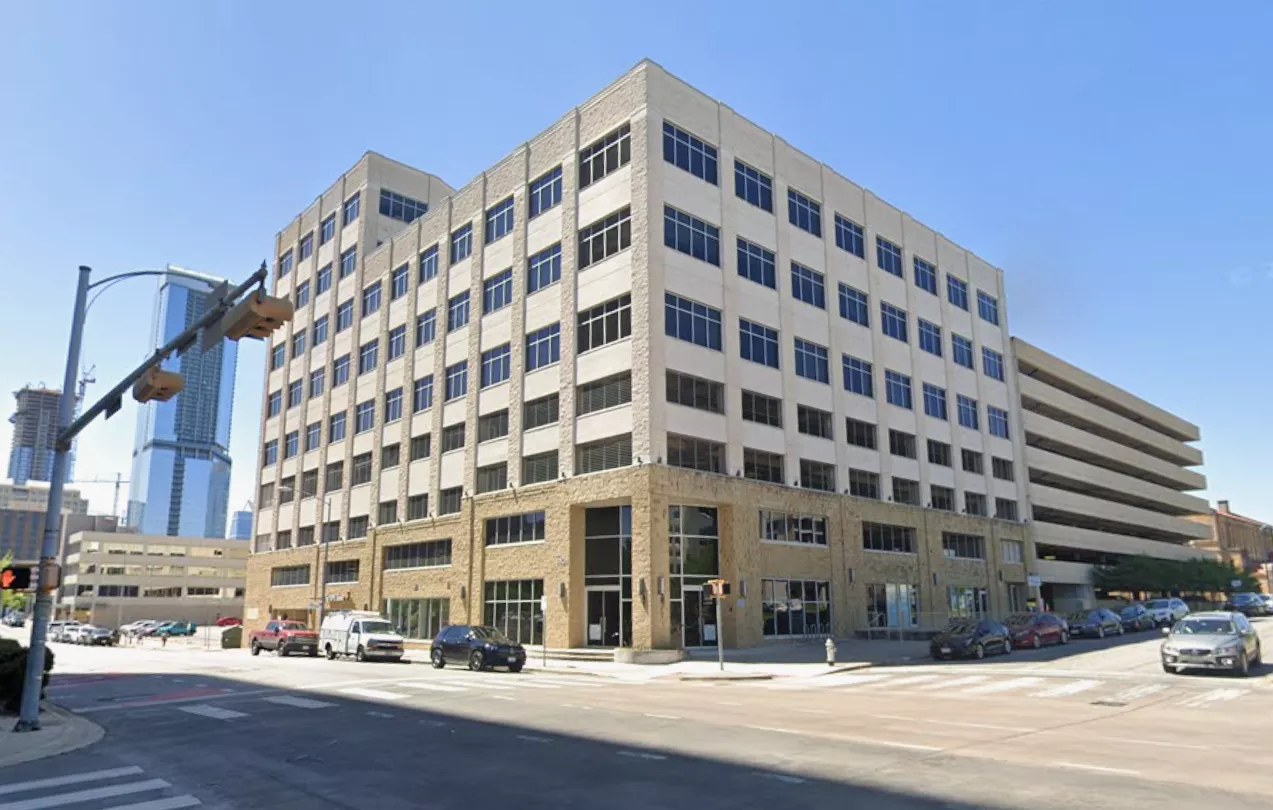Planting a tree in Central Texas involves more than placing a sapling in the ground. Intense heat, clay-heavy soil, and unpredictable rainfall make tree establishment especially difficult without the right expertise. Many well-intentioned efforts fail because of poor timing, inadequate soil prep, or improper species selection.
At Happy Tree Service, we take a science-based approach to tree planting that prioritizes root health, species compatibility, and long-term growth, supported by a trusted Arborist Austin TX team. Our ISA Certified Arborists help you select native trees that thrive in the local climate and install them with care and precision. With every project, we offer guidance on watering and seasonal care to give your new tree the best possible start.

How We Plant Trees With Precision: Certified Expertise and Smart Planning
Tree planting is an investment that should deliver lasting value. Our approach is guided by credentials, experience, and the belief that healthy trees begin with informed planning and proper technique.
ISA Certified Arborists on Every Project
Each planting starts with a site assessment by an ISA Certified Arborist. This certification means our team has advanced training in tree biology, soil evaluation, and species-specific care. By assigning certified experts to every planting, we ensure your tree is matched to the right location and installed for long-term success.
Customized Soil and Root Preparation
Many planting failures in Austin can be traced to soil that is too compacted or nutrient-poor. Before we plant, we assess your soil for pH, drainage, and compaction. We improve poor conditions with compost, aeration, and organic amendments that promote healthy root development. Addressing these factors before planting gives your tree a strong start.
Locally-Sourced, Native Tree Selection
We source all trees from trusted local nurseries that grow species adapted to Central Texas conditions. Native trees such as cedar elm, live oak, and Mexican plum are more resilient to heat, drought, and local pests. Choosing locally-grown trees also reduces transplant stress and improves survival rates after planting.
Post-Planting Support and Seasonal Guidance
Once your tree is in the ground, we provide clear instructions for watering and seasonal tree care Austin property owners can depend on. Our team can also schedule follow-up visits to monitor progress and recommend any adjustments based on your landscape’s changing conditions. This support helps ensure your investment continues to grow strong in the months ahead.
Our Tree Planting Process From Start to Finish
Our team follows a proven process that combines science, planning, and hands-on care from the first visit through follow-up support.
Site Visit and Tree Selection
We begin with an in-person consultation to assess sunlight, drainage, soil conditions, and available space. We also consider your goals, such as shade, privacy, or seasonal color. Based on this evaluation, we recommend native or adaptive species that align with your landscape’s conditions and your vision.
Root Care and Soil Prep
Before planting, we evaluate each tree’s root system and correct any root-bound growth. Container-grown trees often develop circling roots that must be loosened or corrected with a professional tree prunning service before planting. We also prepare the planting hole with compost or amended soil to encourage lateral root spread and reduce transplant stress.
Installation and Mulching
We install each tree with attention to depth, stability, and surrounding soil conditions. The root flare remains exposed to prevent rot, and mulch is applied correctly to retain moisture without crowding the trunk. Proper mulching helps protect young trees from moisture loss and soil temperature extremes during their early establishment phase.
Follow-Up Care for Long-Term Success
Our team provides watering instructions tailored to the tree’s species, soil type, and season. As your tree begins to grow, we remain available for seasonal check-ins and advice. Early care is critical, and our guidance helps your new tree stay on track throughout its first year.
Why Fall Is the Best Time to Plant Trees in Austin Texas
Fall offers the most favorable conditions for planting trees in Central Texas. Cooler temperatures reduce stress on new trees, while warm soil supports strong root development. Increased rainfall during this time also helps reduce watering demands.
By planting between October and January, you allow the tree to establish roots before summer heat arrives. This is especially beneficial in areas like Buda, Bee Cave, Lakeway, and Bastrop, where dry conditions and high temperatures can quickly overwhelm a newly planted tree. We recommend fall as the optimal planting window for both residential and commercial properties.
Trees planted in fall benefit from a longer, more stable root establishment period. With lower evaporation rates and less extreme weather, they have more time to anchor into the soil before entering the stress of their first summer. This reduces the likelihood of transplant shock and improves survival rates across all species, especially native trees that are already adapted to the regional climate.
When you plant in fall, you also avoid the high water demands and sun stress that come with spring and summer planting. This means fewer resources are required to support the tree in its first critical months, and it can focus its energy on root expansion rather than leaf production or recovery. Here are the benefits of fall tree planting in Central Texas, supported by proper planting techniques and tree trimming Austin services when needed:
- Cooler air temperatures. Reduced heat stress during transplant makes it easier for trees to adjust to their new environment.
- Warmer soil conditions. Soil retains summer warmth well into fall, encouraging strong root growth before dormancy.
- Increased seasonal rainfall. Natural precipitation helps reduce irrigation needs and supports healthy moisture levels.
- Lower pest and disease activity. Insects and pathogens are less active in fall, giving young trees time to settle without added stress.
- Time to establish before summer. Trees have several months to root and stabilize before the return of high heat and drought.
For Central Texas landscapes, fall planting gives your tree the best chance to thrive with the least risk and the greatest long-term benefit.
![]() 300+ Google Reviews
300+ Google Reviews






